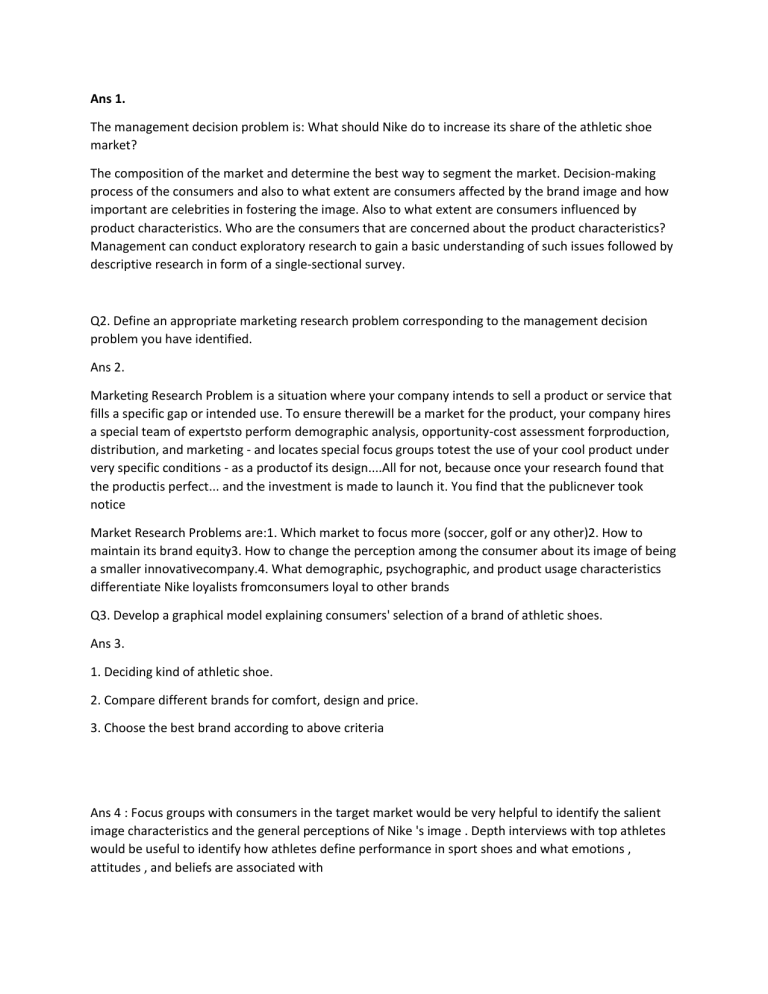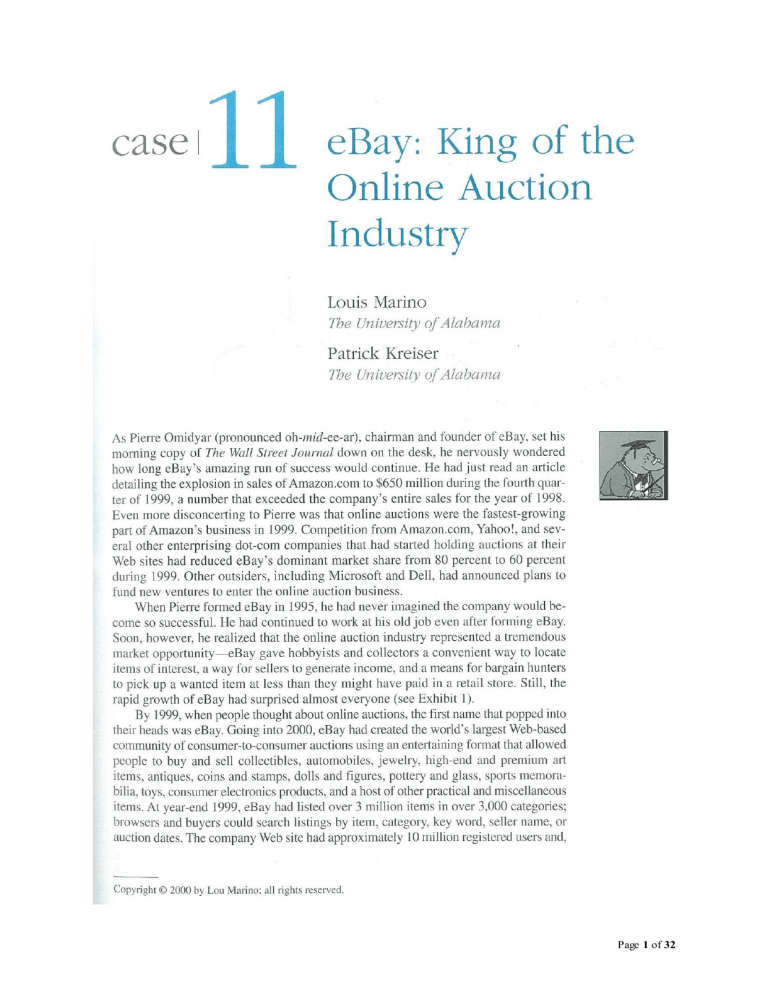Analyzing The Difficulties Of Robotic Nike Sneaker Production

Table of Contents
Technological Hurdles in Robotic Sneaker Production
The intricate nature of sneaker manufacturing presents a formidable challenge for robotic automation. The precision, dexterity, and adaptability required are currently beyond the capabilities of most commercially available robots.
Dexterity and Precision Challenges
Sneaker production demands a high level of fine motor skills. Robots struggle with tasks requiring:
- Fine motor skills: Stitching, gluing, applying intricate designs, and attaching delicate components all require a level of dexterity that is difficult to replicate robotically. The manipulation of various materials, from supple leather to sturdy canvas, adds further complexity.
- Material variability: Different materials have varying textures and thicknesses. Robots need sophisticated sensors and adaptive control systems to handle these variations without causing damage or inconsistencies.
- Delicate handling: Many sneaker components are delicate and easily damaged. Robots must be programmed to handle these materials with extreme care to avoid tears, creases, or other imperfections. This requires advanced force sensing and control algorithms.
Programming Complexity and Adaptability
Programming robots for sneaker production is an extremely complex undertaking.
- Diverse product lines: Nike produces a vast array of sneaker styles, sizes, and designs. Programming robots to handle this diversity requires extensive programming and significant time investment. Each new design necessitates substantial reprogramming efforts.
- Adaptability limitations: Current robotic systems often struggle to adapt to unexpected variations or unforeseen problems during the manufacturing process. This lack of adaptability leads to production delays and increased error rates.
- Robust error detection: Implementing reliable error detection and correction mechanisms is crucial for automated production. Developing systems that can identify and correct errors in real-time is a significant challenge.
Sensor Technology Limitations
Accurate and reliable sensor technology is paramount for successful robotic sneaker production.
- Precision sensing: Robots need highly precise sensors to provide real-time feedback on pressure, material consistency, stitching quality, and other crucial parameters. Current sensor technology often falls short of the required precision and reliability.
- Sensor integration: Integrating data from various sensors into a unified control system is a complex engineering challenge. The system needs to process the sensor data effectively and make appropriate adjustments in real-time.
- Data interpretation: Interpreting the sensor data to ensure consistent quality and detect subtle defects is a complex task requiring advanced algorithms and machine learning techniques.
Economic Factors Impeding Robotic Adoption
The high costs associated with robotic systems and the uncertainties surrounding return on investment (ROI) are significant barriers to widespread adoption.
High Initial Investment Costs
Implementing robotic automation in sneaker manufacturing requires a substantial financial commitment.
- Robot purchase and installation: Advanced robotic systems, including the necessary end-effectors (grippers, tools), are expensive to purchase and install.
- Facility modifications: Integrating robots into existing production lines often requires significant modifications to the factory layout and infrastructure, adding to the overall cost.
- Integration expertise: Specialized expertise is needed to integrate robotic systems effectively, further increasing the initial investment.
Return on Investment (ROI) Uncertainties
Accurately predicting the ROI of robotic automation in sneaker production is challenging.
- Production volume: The economic viability of robotic automation depends heavily on the volume of sneakers produced. High-volume production is necessary to justify the high initial investment.
- Labor costs: The cost savings from replacing human labor with robots will vary depending on regional wage rates and other labor-related costs.
- Defect rates: High defect rates due to robotic malfunctions can negate any cost savings from automation. A robust quality control system is crucial.
Maintenance and Repair Costs
Ongoing maintenance and repair represent a significant ongoing cost associated with robotic systems.
- Specialized maintenance: Advanced robotic systems require specialized maintenance and repair, which can be expensive. Skilled technicians are necessary for efficient maintenance and repair.
- Downtime costs: Malfunctions and downtime due to repairs can significantly impact production efficiency and profitability. Minimizing downtime is crucial for achieving a positive ROI.
Ethical Considerations in Robotic Sneaker Manufacturing
The widespread adoption of robotics in sneaker production raises several important ethical concerns.
Job Displacement Concerns
Automation could lead to significant job losses in the footwear manufacturing industry.
- Factory workers: Replacing human workers with robots could lead to substantial job displacement in factories.
- Retraining initiatives: Companies have an ethical obligation to provide retraining and support for workers displaced by automation.
- Social impact: Job displacement can have significant social and economic consequences for communities reliant on the footwear industry.
Quality Control and Consumer Expectations
Maintaining the high quality standards associated with Nike sneakers is crucial, even with robotic automation.
- Quality assurance: Robust quality control systems are essential to ensure that robotically produced sneakers meet Nike's high standards. Human oversight is likely to remain a crucial aspect of quality control.
- Consumer perception: Consumers may have concerns about the quality and craftsmanship of robotically produced sneakers, particularly regarding aspects like stitching and material handling. Transparency and effective communication are essential to address these concerns.
Conclusion
While the prospect of robotic Nike sneaker production offers potential benefits in efficiency and speed, significant technological, economic, and ethical challenges currently impede widespread implementation. The complexity of sneaker manufacturing requires a higher level of dexterity and adaptability than current robotic systems can consistently provide. High initial investment costs, uncertain ROI, and the ethical implications of job displacement must be carefully considered. Further research and development are crucial to overcome these hurdles and achieve the dream of fully automated Nike sneaker production. Continued investigation into the difficulties of robotic Nike sneaker production is essential for future innovation in the footwear industry.

Featured Posts
-
 Kyiv Faces Trumps Ukraine Peace Plan A Ticking Clock
Apr 22, 2025
Kyiv Faces Trumps Ukraine Peace Plan A Ticking Clock
Apr 22, 2025 -
 Tik Tok And Tariffs Examining The Just Contact Us Trend
Apr 22, 2025
Tik Tok And Tariffs Examining The Just Contact Us Trend
Apr 22, 2025 -
 Section 230 And The Sale Of Banned Chemicals On E Bay A Case Study
Apr 22, 2025
Section 230 And The Sale Of Banned Chemicals On E Bay A Case Study
Apr 22, 2025 -
 Anti Trump Protests Hear Their Stories
Apr 22, 2025
Anti Trump Protests Hear Their Stories
Apr 22, 2025 -
 Private Credit Hiring 5 Dos And Don Ts To Get Hired
Apr 22, 2025
Private Credit Hiring 5 Dos And Don Ts To Get Hired
Apr 22, 2025
